
As we return to outdoor and indoor climbing following a long lay-off, our physical and mental state likely differ from what they were in the pre-pandemic days. To avoid injury, frustration or burn-out, it's important that we ease ourselves back in gently and moderate our expectations. Reading-based climbing coach Xian Goh shares some helpful hints and tips...
An eagle soaring above the trees sees the big picture. A mouse scampering on the ground sees what is ahead. Different perspectives provide different insights.
This article consists of four sections, starting with 'big picture' questions then becoming more practical and task-focused:
- What attitudes and mindsets do I want to have going into this?
- What are the opportunities for growth?
- How do I pick the right climbs for me today?
- What are the steps to take and in which order?
Each section will read as standalone sections, so feel free to skip ahead.
Attitudes and Mindsets
How we make sense of events shapes our experiences. For example, a fall whilst climbing could be seen as a failure, or a sign that we have tried our best. Attitudes and mindsets are fundamental to our experience and that is why this is the first section. This is how it looks from where I am standing.
1. Celebration
Being able to go climbing is a celebration. A celebration of our community pulling through and taking positive steps towards overcoming the pandemic.
So let's celebrate every V2 we are about to fall off from. Let's enjoy being out of breath walking to the crag. Let's laugh about our bleeding hands and swollen feet.
Let's be excited, simply, to climb again.
2. Community
This past year has been different for everyone. Some of us discovered the beauty of local crags, others built home walls or developed a very committed relationship with their fingerboard. Many sensibly decided that it was time to enjoy the hobbies they had access to. And then there is the life "stuff": many lost loved ones, many struggled to make ends meet. Climbing is above all about community, and then about performance. Strong climbers are born of strong communities. Now more than ever, we need to take care of each other.
Why not start your return to climbing by asking your climbing partner - How can I support you today?
When we are kind to others, it becomes easier to be kind to ourselves. It is likely that we will all be slower and clumsier on our first few sessions back. Safety is crucial, so take the extra time to check each other's knots, carabiners, pad placement etc. Give people space to panic and down climb. Offer to help with carrying kit if you notice someone struggling on the approach. This way, if you slip off that foothold or feel anxious above a clip, you too will find it easier to be kind to yourself and be patient through this part of the process.
Another magical thing happens when we put others first - we stop comparing ourselves to one another and start learning instead. Our different experiences have also yielded remarkably varied insights - the best ever home training set up, a new way strength train, a lesser-known crag with quality lines…
When we look beyond ourselves to consider others, we stand to gain more than we give.
Patience
If Dumbledore was a climber, I imagine he would say something like this:
Climbing progress takes longer than you want it to, but will always come to those who work for it.
To those who are patient, progress will feel fast and forthcoming. Enjoying progress usually makes us feel motivated. Motivated people are resilient, keep climbing for a long time and eventually have those insights you can only get through accumulated experience. The most common factor amongst experts is the amount of experience they have in their chosen fields (look up K. Anders Ericsson for further reading).
Time to quote another fictional wise old man… Patience, grasshopper.
Opportunities for Growth
There is opportunity in every crisis. These are the ones related to climbing progress.
1. Test for Learning
Here are a few fun facts about motor skill development:
Performing a skill is not the same as learning it.
Learning involves relatively permanent gains in your capability to perform this skill. Simply put, if you have learnt a skill, you can reliably and repeatedly perform it.
There is no way to directly observe learning. We can only infer how much learning has occurred by observing changes in performance. Relatively permanent improvements in performance is a sign that learning has occurred (see Motor Learning and Performance by R. Schmidt and T. Lee for further reading).
This series of lockdowns is essentially a very long time lag between skilled sessions. Which means that… (drumroll)… it is The Ultimate Test for Learning. Which techniques and movements can you still do? Those techniques that come right back are those you have learnt and you are unlikely to ever forget them. Those that keep you at arms length - there is more work to be done here.
Give yourself a good 10-15 sessions back before you make any conclusions. The results should be both informative and instructive. Take comfort in knowing which are the skills you can always rely on. Direct your future efforts towards those that did not stick around. This is most likely the key to future progress.
2. Reinvent
If you have climbed for a while, the chances are that you have developed some habits. Habits are behaviours that we do repeatedly, automatically and without consciously thinking about it. They are incredibly necessary in skill development; we cannot learn new things if we are consciously thinking about everything all the time! We want to develop and hold on to those habits that help us to progress: for example, looking at a route before climbing, safety checks, reflecting on and analysing beta post-climb.
There are also habits that are not so helpful: fear-avoidance of any kind (usually related to falling or a particular style of climbing), rushing movements, constant social comparison, overtraining and undernourishing. These can be hard to let go of even with our best intentions. As the saying goes, old habits die hard.
This is why the disruption to climbing in the past year is a tremendous opportunity. It is a chance for reinvention. A fresh start, with the added benefit of retrospection. Here is why:
Given the amount of time lapsed, we are less emotionally involved and can be more objective about which of our climbing habits are helpful and which are a hindrance.
A long break is a temporary blank slate. Skills and habits are temporarily forgotten and need to be recalled. You will need some time to regain familiarity, even with learnt skills. We can choose to recall only the good ones, and leave the rest in the past.
The whole world has taken a break together. This means that socially, we get a temporary blank slate too! In most groups or communities, there is an unspoken pecking order. We have our roles, and social expectations are part of what reinforce and recreate our patterns of behaviour. Post-lockdown, this is thrown into chaos. Individuals who used to have similar access to climbing and training may have had dramatically different lockdown circumstances. The old "social order" or "hierarchy" is no longer valid, and is therefore a temporary blank slate.
This is a rare and amazing opportunity to radically change your climbing. It is a chance to leave any unhelpful habits in the past, and consciously develop those that will serve you better (see 9 out of 10 Climbers Make the Same Mistakes by D. MacLeod for more ideas on climbing habits).
How to choose climbs
I believe it is clear to many that a gradual reintroduction to climbing is important after a long break. We want to gradually increase the volume of climbing, exposure to risk, intensity of effort, etc. The crux lies in the how to do this well. Many of us have experienced first hand the subjective nature of grading. At the same number grade, we might experience anything from a casual ascent to a complete meltdown.
In order to have a smoother reintroduction to climbing, I recommend having alternative or additional measures of gauging difficulty and charting progress. Here are some suggestions:
1. Chart your body's responses with qualitative measures
Pick a few specific climbs (ranging from easy to just about completable) and return to them periodically. Assess your climbing and physical condition on qualitative measures such as shakiness, overall stability, effort level required, and how tired you felt upon completion. If you are uncomfortable with how intangible that sounds, you can quantify all of these measures on a scale of 1-10 and record them.
2. Use emotions to gauge difficulty level
Our emotions are often brutally honest about how difficult a climb is relative to our current ability. It is this same honesty that we experience when we realise we cannot will ourselves to feel happy when we are feeling sad. It is a quick and easy way to gauge difficulty and select climbs.
Does the climb make you feel anxious, nervous, confident or bored?
Anxious - is a sign that you are feeling quite out of depth. Ignore these climbs for now and come back to them at a later date.
Nervous - is good place to push yourself if you are feeling up for a challenge.
Confident - is a nice place to start the session to feel out where you are at on the day.
Bored - indicates there is not much to learn from this climb. You are ready to move on to bigger challenges.
3. Use categories to create structure
Climbing is an extremely varied activity - whether we are considering movement complexity, discipline, or environmental conditions. A simple way to organise the chaos is to use categories.
For example, you can group climbing movement into 4 categories by angle of wall:
Slab
Vertical to gentle overhangs
Steep overhangs
Roofs
This is a good way to do it as the physical demands and techniques required are reasonably different between these 4 categories. If you have access to the outdoors, categorising by rock type or discipline (boulder, sport, trad) may be be more relevant.
Keep it simple (fewer than 5 categories) and make sure your categories are distinct from each other. Gradually increase the difficulty of climbing in each category independently. That means, start at an easy level for each category and work your way up. Reaching a higher level in one category does not count towards your progress in another category. The more systematic and thorough you are, the smoother your reintroduction to climbing will be.
Adjust for your context
This final section is a list of specific recommendations for different contexts. It is split into 2 categories:
If you have not done any climbing-related activity
If you have been doing lots of training
If you are somewhere in the middle, mix and match the below to best suit your needs.
1. If you have not done any climbing-related activity
Pretend that you are brand new to climbing and gradually reintroduce yourself to it. An easy way to make decisions is to ask yourself - If you were to introduce a good friend to climbing, how would you do it?
These are my recommendations, and I would do them in the order they are listed:
- Start with safety. Remind yourself what this is and do a lot of controlled fall practice.
- When you are happy with controlled small falls, begin with the easiest climbs. Aim to do more easier climbs rather than fewer hard ones.
- Start paying attention to technique: Look for balance and stability. Find positions where you can pause when climbing. Feel the connection between your feet and the footholds. Breathe.
- Experiment with rhythm. Climb quickly, climb slowly, and move between the various speeds until you find a rhythm that works well for you.
- More fall practice - this time build yourself up to more realistic situations of unexpected and unpredictable falls.
- More technique work - this time the focus is momentum and fluidity. Go back to climbs you know you can do and try to move a little more freely and playfully. Swing around a little and let one move flow into the next. Look for the feeling of flow and lightness. And… smile!
Keep going with these until you reach a certain level of comfort with climbing and falling. What this means is:
- Not feeling clumsy during climbing
- Not super achy the next day (as in able to climb 2 days in a row)
- Not feeling mentally exhausted during or after climbing
- Hands no longer raw or bleeding and feet no longer swollen after climbing
- Feeling excited to try harder climbs
Now is a good time to return to trying hard and pushing yourself. This is also a good time to evaluate what you have learnt and start introducing those new habits you want to develop. Have a think about where you want to take your climbing and head in that direction.
2. If you've been doing lots of home training:
Chances are you are
- Stronger and/or fitter than before
- Really excited to see your training translate to climbing harder
- You might be: really into training, or very ready to stop
- Either way, you have become very accustomed to the routine, predictability and consistency of training at home
Opportunities: Potential for tremendous performance leaps in the areas of climbing you have been training for
Things to remember:
Climbing involves a lot more uncertainty than training.
Training rarely leads directly to climbing progress. There is usually a period of translation and transition required. Focus on recalling the skill aspects of climbing rather than performance for the first few sessions back (for example technique, route reading, problem solving, observation). Once you feel more used to climbing again, explore what your newly gained strength gives you. More strength means more options for climbing movement - what are some new techniques you can now learn?
What did you train for? Stay focused on a similar style to enjoy the benefits of your training. In other words, if you focused on max strength, go bouldering. If you did endurance, go route climbing. If you did a lot of board climbing, look for steep projects. If you did a lot of yoga, look for corner climbs.
Try not to go cold turkey and switch from 100% training to 100% climbing. Gradually reduce your training time as you increase your climbing time. The skill aspects will come back with time. By slowly petering out training, you maintain the strength gains for when you are climbing well again.
Summary
Here's a visual summary of everything I mentioned. I hope you find it useful. Good luck and happy climbing!
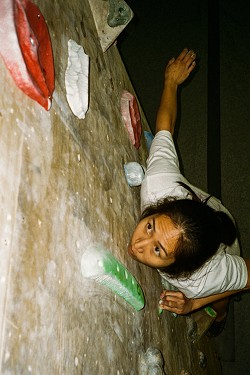

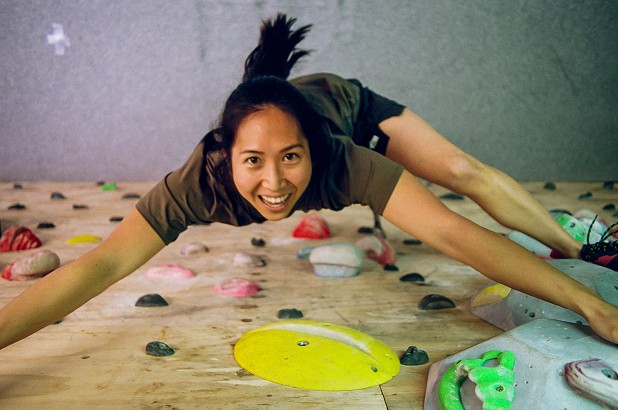
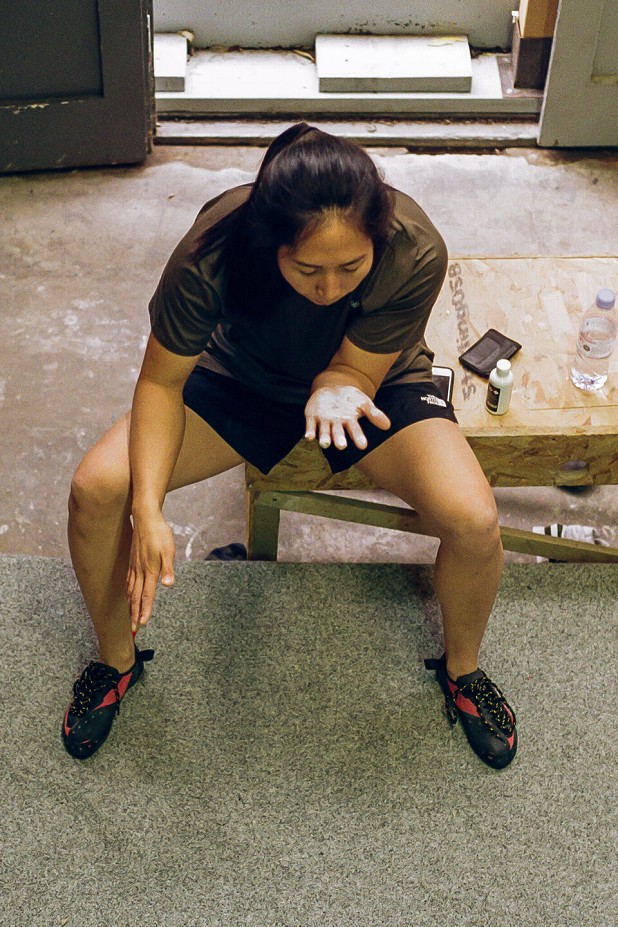
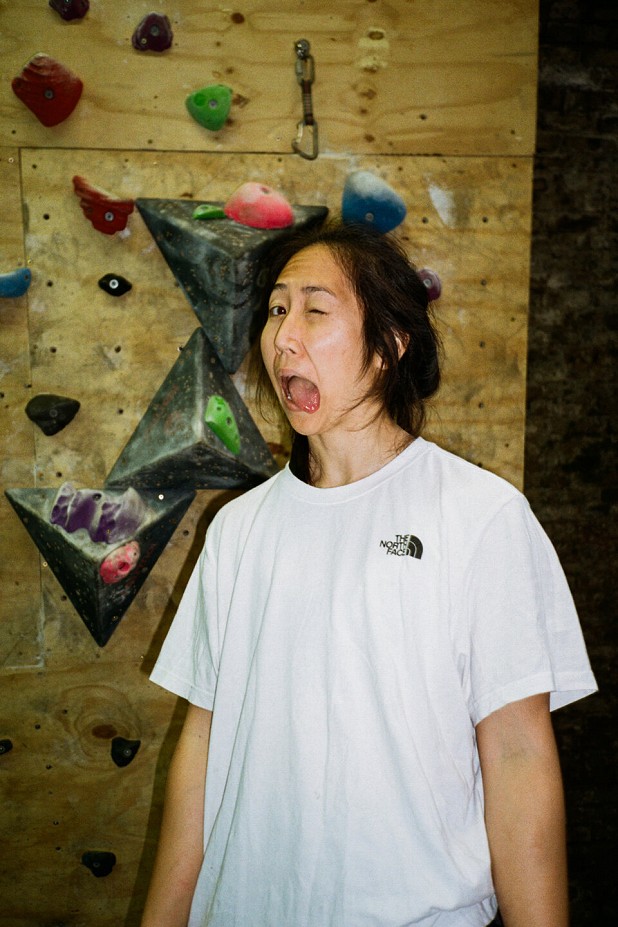
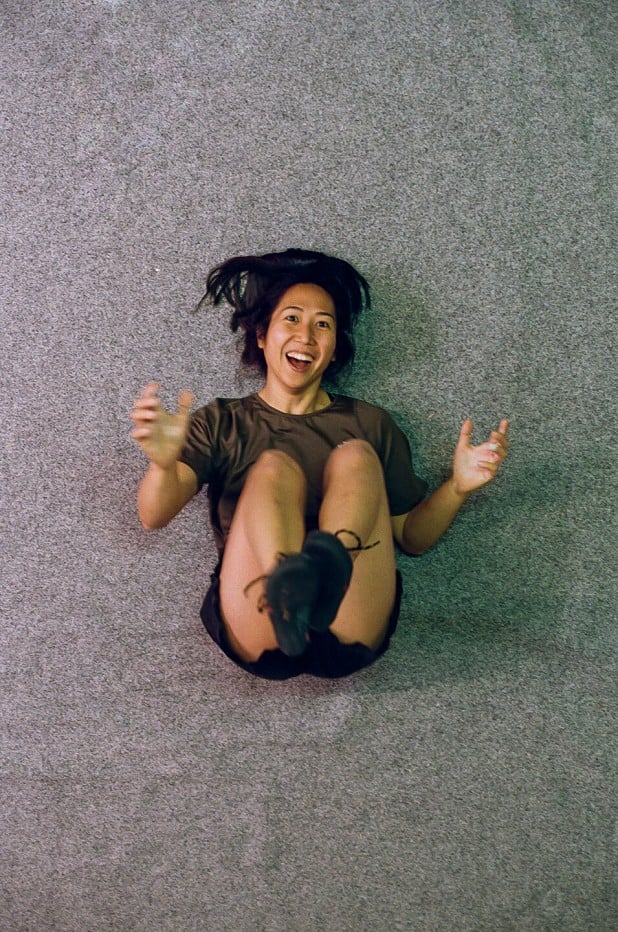
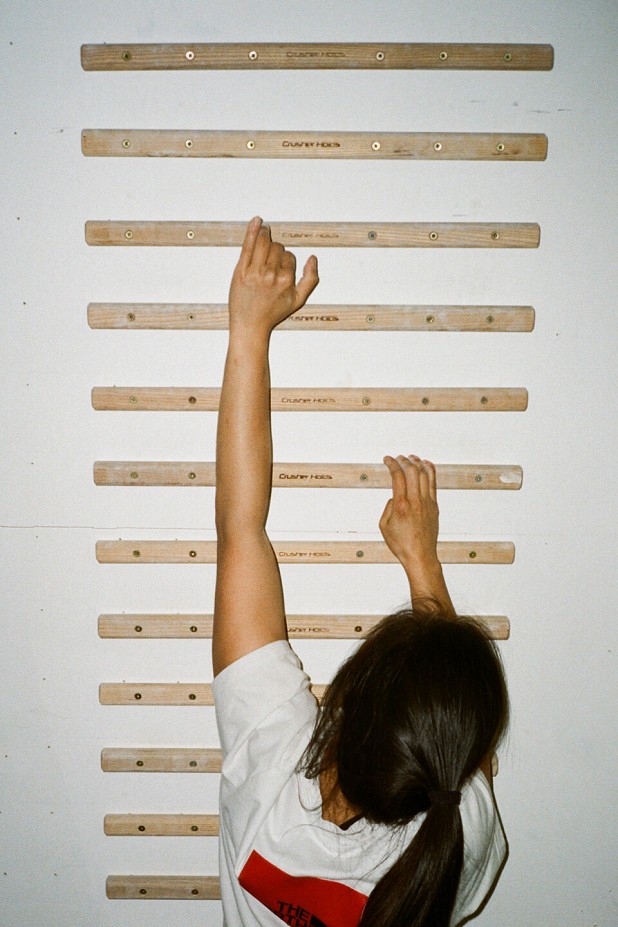
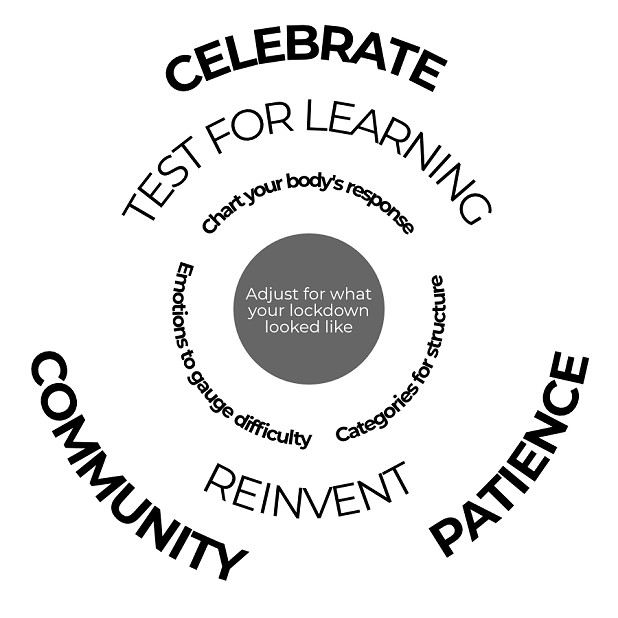



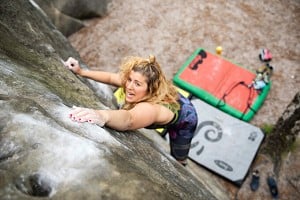







Comments
Nice article - some good nuggets!
Excellent article! Thanks.
Made me think - especially the bit about community, kindness to others and yourself. The reciprocal benefits aren't obvious until someone spells it out.
Good article. I felt a bit deflated after my first climbing sesh since the lockdown. It's been four months!
I like the idea to practice climbing a route a variation of speeds once comfortable with the technicalities of it.